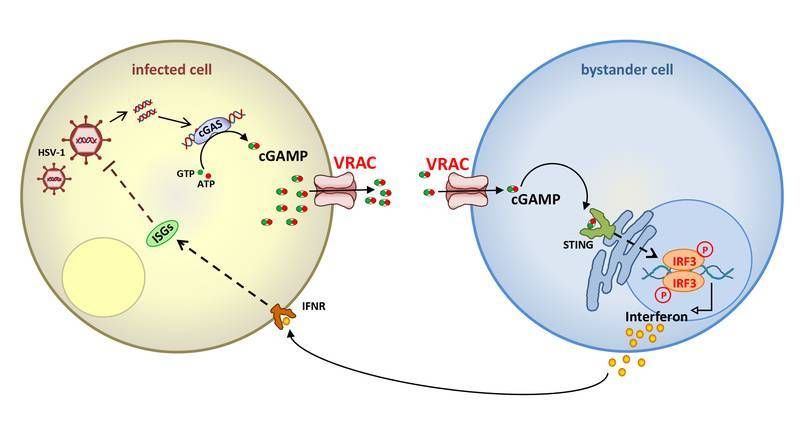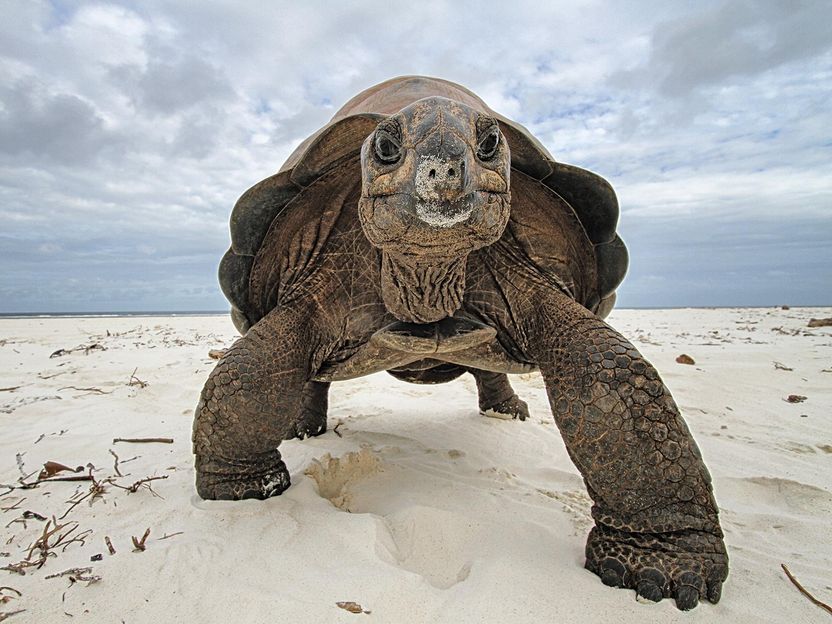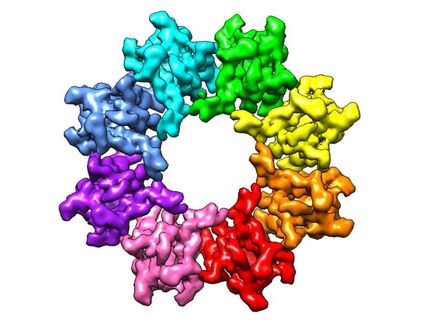SeaBeLife awarded over €1.5 million in i-Nov innovation competition
Funding for company’s SeaBeEYE project will be used to develop new therapeutic approach for geographic atrophy – advanced form of dry AMD
SeaBeLife, a biotechnology company developing drug candidates intended to block cellular necrosis, announces the award of more than €1.5M ($1.6M) in financing for its SeaBeEYE project at the i-Nov 2024 innovation competition. Funded by the French government’s France 2030 investment plan and administered by Bpifrance in collaboration with ADEME, the French ecological transition agency, this competition aims to support some of the highly innovative projects developed by French businesses. In this, its 11th financing round, from a total of 149 applications, it awarded funds to 42 projects; meaning less than 30% were successful.
The aim of the SeaBeEYE project is to develop a new therapeutic approach for geographic atrophy, an advanced and prevalent form of age-related macular degeneration (AMD). With few treatment options, this is one of the most significant unmet needs in the field of ophthalmology. SeaBeLife’s approach centers around a molecule that directly and simultaneously blocks the two forms of regulated necrosis – necroptosis and ferroptosis – responsible for photoreceptor cell death, which ultimately leads to vision loss. Its SeaBeEYE project focuses on the preclinical and regulatory development of a drug candidate with an innovative formulation. The company aims to have a treatment option ready for clinical trials in humans by the first quarter of 2026.
“This financial backing is proof of the quality and potential of our project and will enable us to accelerate its development,” explained Morgane Rousselot, CEO and co-founder of SeaBeLife. “We now have the funds we need to move forward, while remaining open to potential collaborations with other industry partners and financial backers.”
SeaBeLife conducted its initial proof of concept using a dry AMD preclinical model. Two innovative formulations were tested: The first a sustained-release intravitreal injection, meaning patients would only need to have injections every two to three months. This was validated in vitro. The second a prototype eye gel for topical application (no injections required). Initial in vivo results confirm that this formulation is effective in transferring the active ingredient to the retina.
Geographic atrophy is a serious ophthalmological disease that affects over five million patients worldwide, approximately 20% of all individuals with AMD. As this is an area of significant unmet need in the medical sector, according to SeaBeLife the potential market in Europe and the US is worth an estimated €2.4 billion ($2.55bn). By developing innovative treatments such as its drug candidate, SeaBeLife aims to respond to this unmet need and improve the quality of life for millions of people affected by this disease.
Most read news
Organizations
Other news from the department business & finance

Get the life science industry in your inbox
By submitting this form you agree that LUMITOS AG will send you the newsletter(s) selected above by email. Your data will not be passed on to third parties. Your data will be stored and processed in accordance with our data protection regulations. LUMITOS may contact you by email for the purpose of advertising or market and opinion surveys. You can revoke your consent at any time without giving reasons to LUMITOS AG, Ernst-Augustin-Str. 2, 12489 Berlin, Germany or by e-mail at revoke@lumitos.com with effect for the future. In addition, each email contains a link to unsubscribe from the corresponding newsletter.
Most read news
More news from our other portals
Something is happening in the life science industry ...
This is what true pioneering spirit looks like: Plenty of innovative start-ups are bringing fresh ideas, lifeblood and entrepreneurial spirit to change tomorrow's world for the better. Immerse yourself in the world of these young companies and take the opportunity to get in touch with the founders.
Last viewed contents
Autifony Therapeutics announces initiation of Phase IIa study for first-in-class drug to treat tinnitus

Ion channel VRAC enhances immune response against viruses - New strategies against DNA viruses and cancer
Selvita Signs a Drug Discovery Services Contract With Rottapharm Madaus
Novel gene drives development of different types of ovarian cancer
Discovery of 100 million-year-old regions of DNA shows short cut to crop science advances
Traditional_Chinese_medicine
Biogen Idec and Swedish Orphan Biovitrum Decide to Advance Long-Lasting Hemophilia A Therapy into a Registrational Trial
Sjögren-Larsson_syndrome






















































